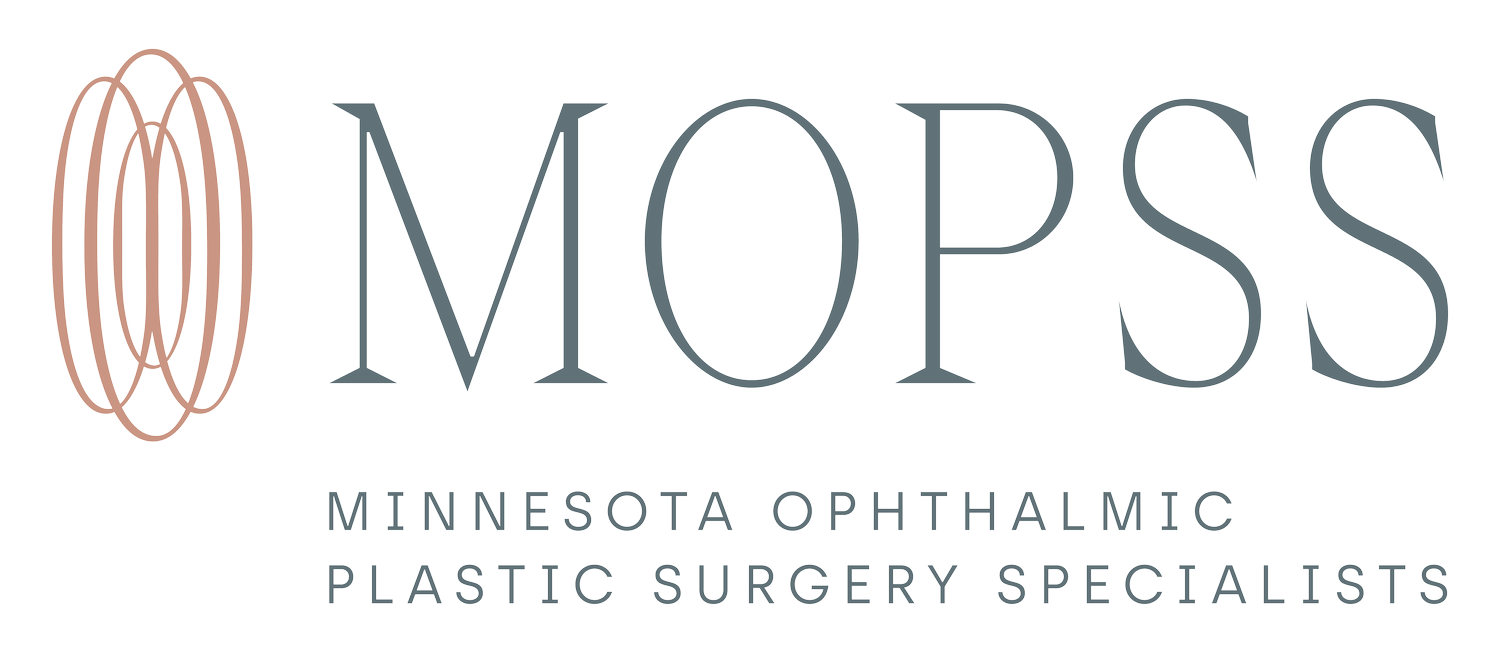Removal of an Eye (Enucleation) Recovery
Enucleation (Eye Removal) Recovery
After your surgery, your surgeon may have you stay at the hospital overnight under observational care. A pressure patch will be placed to minimize swelling of the socket tissue, which will need to be kept in place for 2-5 days. While this pressure patch is in place, it is common to experience difficulty in opening and closing the un-operated eye.
You will be given prescriptions for an oral antibiotic, antibiotic eye-drops and pain medication when you are discharged. Take these medications according to the instructions.
You should call our office immediately:
If pain or discomfort persists
If you experience bleeding or excessive swelling
If you have a fever
If you experience oozing of fluid that is greenish or yellowish in color
After the pressure patch is removed, the eyelids may be black and blue and swollen. Antibiotic eye drops or ointment is usually started as soon as the pressure patch is no longer needed. The swelling will subside over time (usually within the first two weeks) but can vary from patient to patient depending on the patient’s individual healing time.
Typically, a plastic “contact lens” called a conformer is placed under the eyelids at the time of surgery to prepare the socket for a custom prosthesis in the future. If this falls out, simply wash it with soap and water and replace back in the socket (under the eyelids). Please call our office for assistance if you have any trouble replacing the conformer, as it is important to keep it in place until your prosthesis is made.
Six to eight weeks following your procedure, you will visit an ocularist who will fit you with your final custom ocular prosthesis. Some tearing in the eye is quite normal following the insertion of the prosthesis. Some patients may experience a buildup of a thick layer of mucous on the prosthesis. You will be trained on the proper care of your prosthesis.
The most common side effect of an enucleation is drooping of the upper eyelid over the operated eye. At times, this will need to be surgically corrected in order to give your prosthesis its optimal fit and to give the artificial eye its natural appearance.
